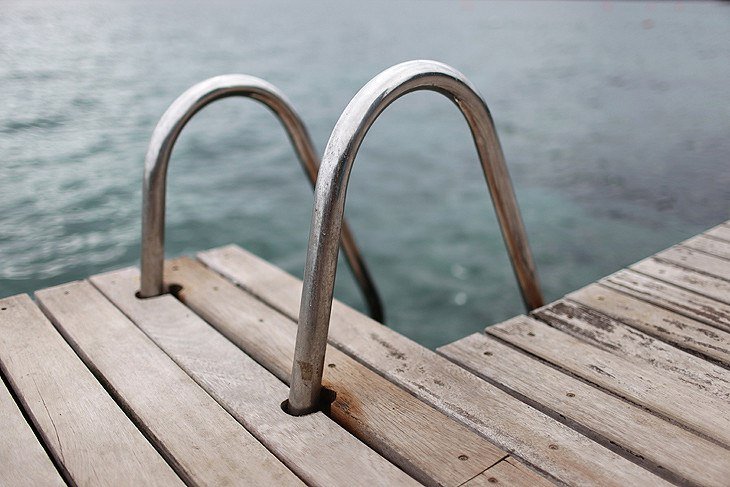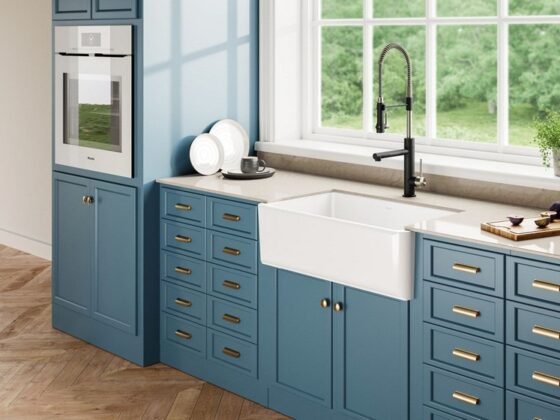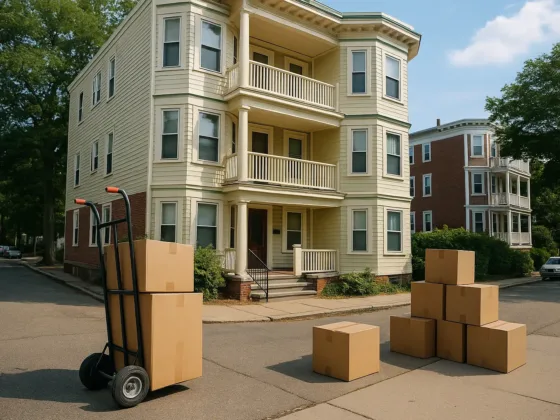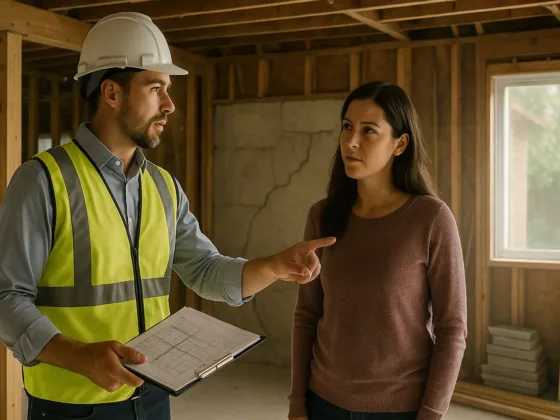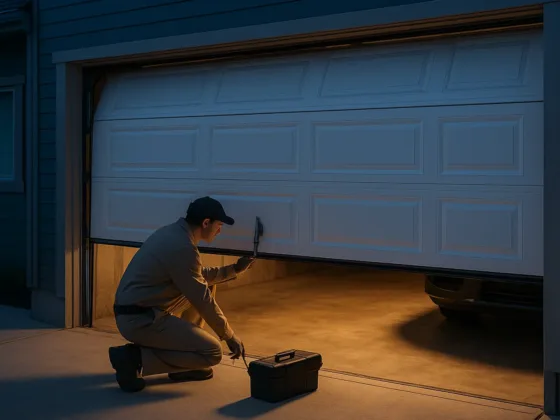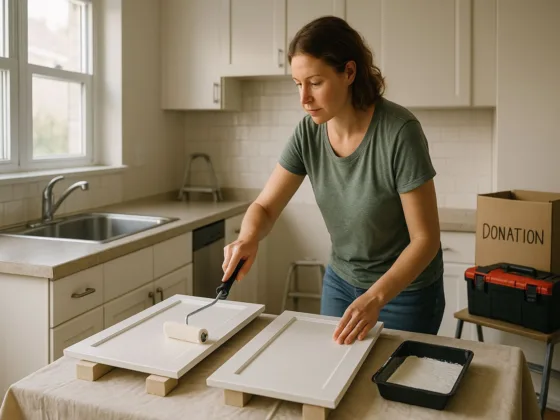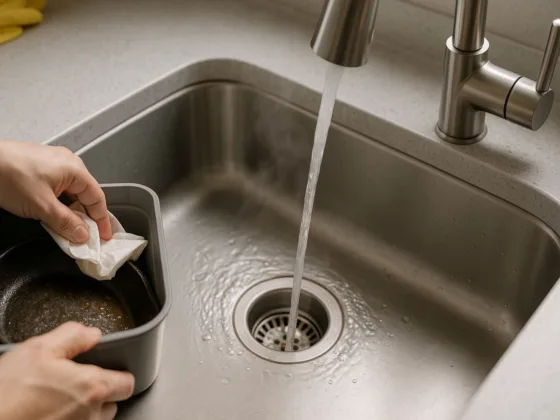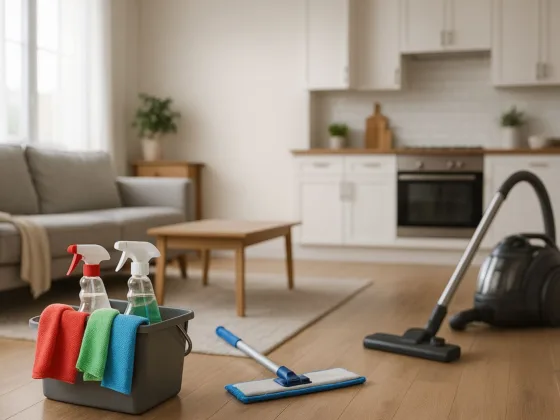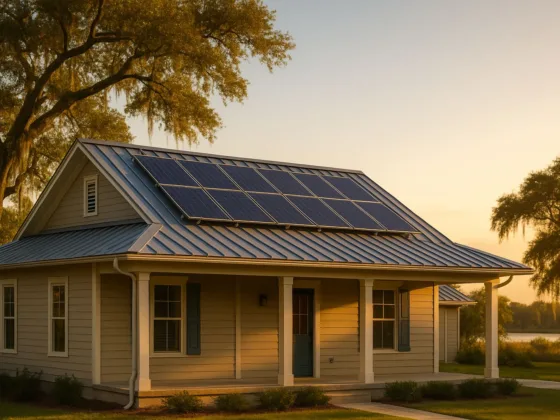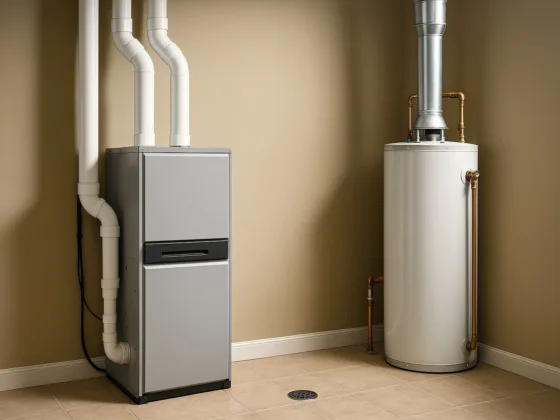Table of Contents Show
Are you considering building your own swimming pool? This can be a fantastic choice and will ensure that you have a wonderful new area of your garden to enjoy. It’s perfect if you have kids too and they are sure to love splashing around.
However, if you’re new to swimming pools it can seem to be a daunting task. There are a few key options to consider when building your swimming pool.
For instance, you need to make sure that you select the type of swimming pool that’s right for you. You could opt for an inground pool.
The big benefit here is that you can make sure that your swimming pool looks like a natural part of the garden and it provides you with more options for depth. An above-ground pool is perhaps easier to DIY but will usually have a more simplistic design.
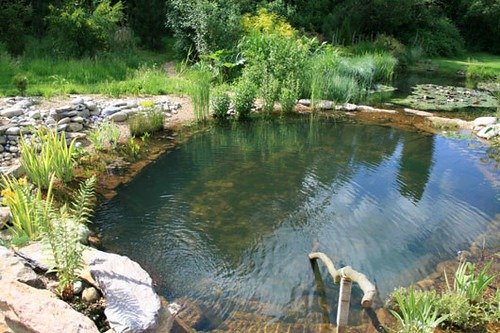
A natural pool will more closely resemble a pond than a pool. It could have plants and rockery, further blending in with your garden design. It also won’t have chlorine to keep the water clean.
Once you have decided on the ideal choice for your needs, it’s time to think about how to build the pool of your dreams.
Read Also:
- Pool Maintenance 101: Does Rain Have a Negative Effect on the Water in Your Swimming Pool?
- Life Is Cool at the Pool: 7 Renovation Ideas to Make Your Swimming Pool Awesome
- Read This Before You Start Building a Swimming Pool and Spa for Your Home
- 10 Swimming Pool Ideas That Will Make a Splash This Summer
- 10 Easy Steps to Open Your Above Ground Pool This Spring
Keep Things Simple When Building a Pool
If you are hoping to make sure that this project remains as easy as possible and you are working on a budget, you should keep the design simple. For instance, the pool should be a typical, rectangular shape and you need to avoid adding any bespoke features.
While a waterfall may make your pool look gorgeous, it’s going to cost a lot more and make designing the pool far more complex.
Depth is another issue to consider here as well. It’s far easier to build a pool with one depth rather than a shallow and deep end. This will mean that you need to dig multiple layers.
You should also be aware that anything more than 1.8 meters will require your pool to have a lot of reinforcement. This will include extra concrete in key areas, particularly if you’re trying to avoid using too much steel.
Get Planning Permission for Your Pool
Don’t forget, building a swimming pool, like any other home improvement project will require building and planning approval. You must make sure that you gain approval for this project before breaking ground.
One of the main concerns when gaining approval is safety. Typically the wall or perimeter fence around your pool needs to be at least 4 ft tall and you will require a self-letch gate.
If you have children, you might also want to consider setting up alarms around the area for additional peace of mind. To gain the full list of requirements and specifications, you must make sure that you contact your local council.
Choosing the Right Swimming Pool Spot
You need to make sure that you are choosing the perfect place for your pool. It’s important that a pool is not built in a low-lying area. The issue here is that you could end up with a pool flooding.
In heavy rain, it will be filled with dirt and debris which will lead to difficult maintenance issues. The pool can also not be built above sewer lines or septic systems.
You also need to make sure that you are avoiding an area that is windy or breezy. You can deal with this issue by planting some shrubs and trees around the pool area. A heavy breeze will lead to a higher level of water evaporation and mean that you are constantly refilling the pool.
It’s important at this stage to also consider where you’re going to house important pool components, and factor that into the design process. These components include; pool pumps & filters, heaters, covers, etc.
You may want to include a “plant room” into your plans. Visit the website of a swimming pool supplies store to find out more about what to expect & the dimensions of the components you’ll require.
Create the Foundation
The first step of the building process is always going to be laying down the foundation. As mentioned, you’ll find this easier if you ensure that your pool is going to be one depth.
Depending on the size of your pool, you may want to consider hiring a mini excavator. It is possible to learn how to use one of these machines yourself and complete all of the work.
Once you have created the area for the pool, you then need to add a surfacing material. The most common choices are poured in concrete, vinyl or fiberglass. Concrete is typically favored for a permanent new area of your exterior.
It is the strongest and most durable option but it does carry the heaviest price tag. However, for longevity, there is no better choice than a concrete pool and this could even increase the resale value of your home.
The easiest option is always going to be a fiberglass pool. Molded fiberglass can be purchased as one premade form. It can simply be placed in the space for your pool and then all you will need to do is backfill around it. Be aware if you’re opting for saltwater this is the best choice as salt will cause concrete to wear down over time.
Pool Plumbing Fixtures
This is one of the most difficult aspects of a DIY pool and it will usually lead to people turning to the support of a professional contractor. Plumbing fixtures may include a drain, skimmers as well as valves.
They are necessary for moving water throughout the pool and can be connected to a full filtration system. You must check building codes before you complete any plumbing work like this.
Filling the Pool
Once the pool is finished, you can then fill it with water. You can fill it up with a hose or you can rent a water truck. With a water truck, you can make sure that your pool is filled as quickly as possible. Filling the pool is also the best time to check for leaks and issues that will need to be corrected as quickly as possible.
You will need a home water testing kit to check the pH of the water in the pool. The aim here is to add chemicals including algaecide and shock to bring it to the correct level. This is typically considered to be between 7.4 and 7.6. A saltwater pool will also require the salt to be added after the pool is filled.
Building your own pool is a big decision to ensure that you’ve done your research, spent a long time looking at design inspiration, and understand the practicality of the project. We hope this article has helped you understand the best way to build your own swimming pool!
